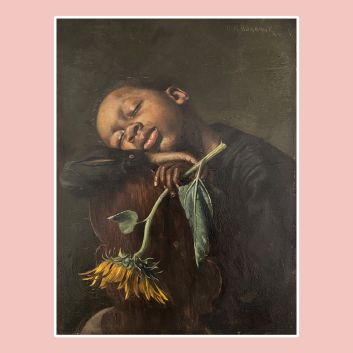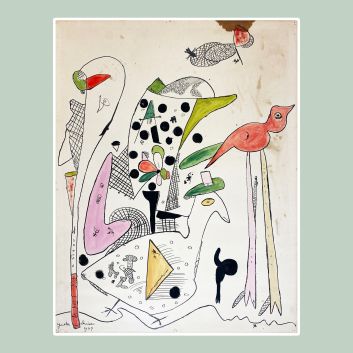Rating and value of works, drawings, engravings, paintings by Félix Vallotton

If you own a work by or after Félix Vallotton, and would like to know its value, our state-approved experts and auctioneers can offer you their expert appraisal services.
Our specialists will carry out a free appraisal of your work, and provide you with a precise estimate of its current market value.
Then, if you want to sell your work, we'll point you in the right direction to get the best possible price for it.
Rating and value of the artist Félix Vallotton
The artist Félix Vallotton left behind a unique body of work, composed mainly of paintings influenced by the Nabis. Prices for his works are now rising under the auctioneer's hammer.
His paintings are highly prized, especially by Swiss buyers. The price at which they sell on the art market ranges from €20 to €2,700,020, a very wide range, but one that speaks volumes about the value that can be attributed to Vallotton's works.
In 2019, a painting entitled En promenade sold for €2,164,287, whereas it was estimated at between €1,403,860 and €1,871,815.
Order of value from a simple work to the most prestigious
Technique used | Results |
|---|---|
Drawing - watercolor | From €90 to €58,160 |
From €20 to €123,910 | |
Oil painting | From €400 to €2,700,020 |
Response in less than 24h

Style and technique of the artist Félix Vallotton
Félix Vallotton was a painter influenced by the Nabis group. Some of his paintings were part of the Impressionist movement, others of the Symbolist movement. He produced drawings, prints and oils on canvas, cardboard and Bristol board.
The life of Félix Vallotton
Félix Vallotton (1865-1925) was a Swiss painter who occupied a singular place in the history of art, oscillating between tradition and modernity, realism and symbolism.
Born in Lausanne into a relatively well-off family, Vallotton showed an aptitude for the visual arts from an early age. This passion led him to enroll at the Académie Julian in Paris, a leading art school that attracted many of the young talents of the time.
There, he familiarized himself with classical techniques, but above all, he discovered the effervescence of the Parisian artistic milieu and came into contact with the Post-Impressionists, whose influence would profoundly influence his work.
Very early on, Vallotton distinguished himself through his mastery of drypoint, an engraving technique requiring great precision and a keen sense of detail. However, it was his woodcuts that propelled him to the forefront of the artistic scene.
His style, both pure and expressive, caught the attention of the Nabis, a group of avant-garde artists who sought to renew forms and means of expression by moving away from naturalism.
Impressed by the strength of his line and the depth of his compositions, the Nabis invited him to join them, and he soon became close to Édouard Vuillard, one of the movement's leading figures.
His career took a decisive turn when he married Gabrielle Bernheim, the daughter of an influential art dealer. This marriage, as much a social strategy as a love affair, marked a turning point in his life.
Vallotton, forced to cool his anarchist ardor under the influence of his new environment, put aside the engraving that had earned him his reputation, to devote himself to painting.
He then developed a distinctive pictorial style, characterized by rigorous compositions, a reduced but vibrant color palette, and a subtle irony that shines through in his subjects.
In 1902, however, Vallotton briefly returned to printmaking to collaborate with the famous satirical magazine L'Assiette au beurre.
For her, he produced 23 lithographs for an issue entitled Crimes et châtiments, in which his acerbic view of society was forcefully expressed. At the same time, he began writing, adding another literary string to his already rich bow.
This foray into literature demonstrates his desire to express himself beyond the confines of painting and printmaking, to explore new forms of narrative and social criticism.
After this period of creative intensity, Vallotton turned to more traditional subjects such as landscapes and still lifes.
Yet even in these seemingly calm works, his critical spirit and sense of irony are never far away, manifesting themselves in subtly placed details and a use of color that foreshadows future avant-garde experimentation.
The experience of the First World War left a deep imprint on the artist, who produced a series of paintings inspired by the conflict.
In these works, we perceive an evolution towards a more stripped-down style, where geometric shapes and color contrasts recall the beginnings of Futurism.
This blend of realism and abstraction, social criticism and formal research, characterized Vallotton's work until his death from cancer in Paris in 1925. Vallotton left behind a complex body of work, at the crossroads of the artistic currents of his time, and today remains a key figure in the art of the early 20th century.
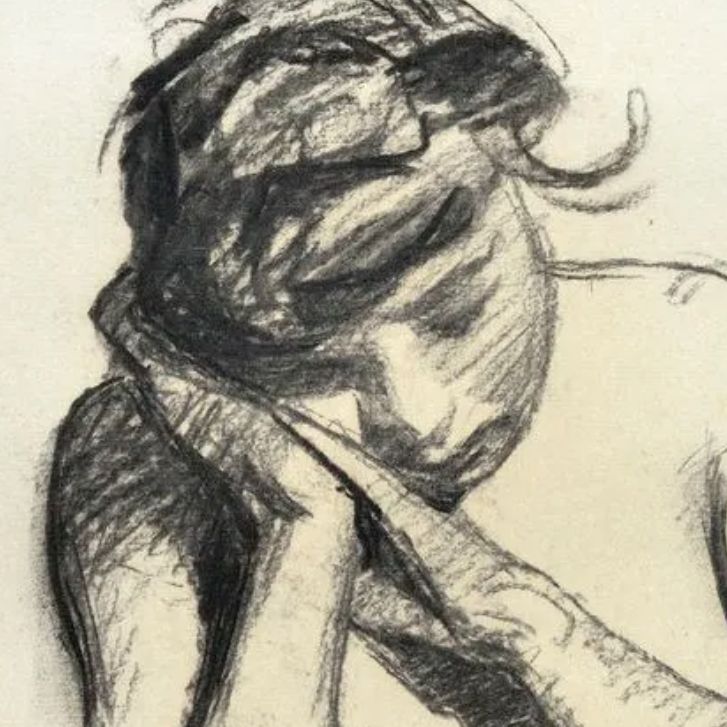
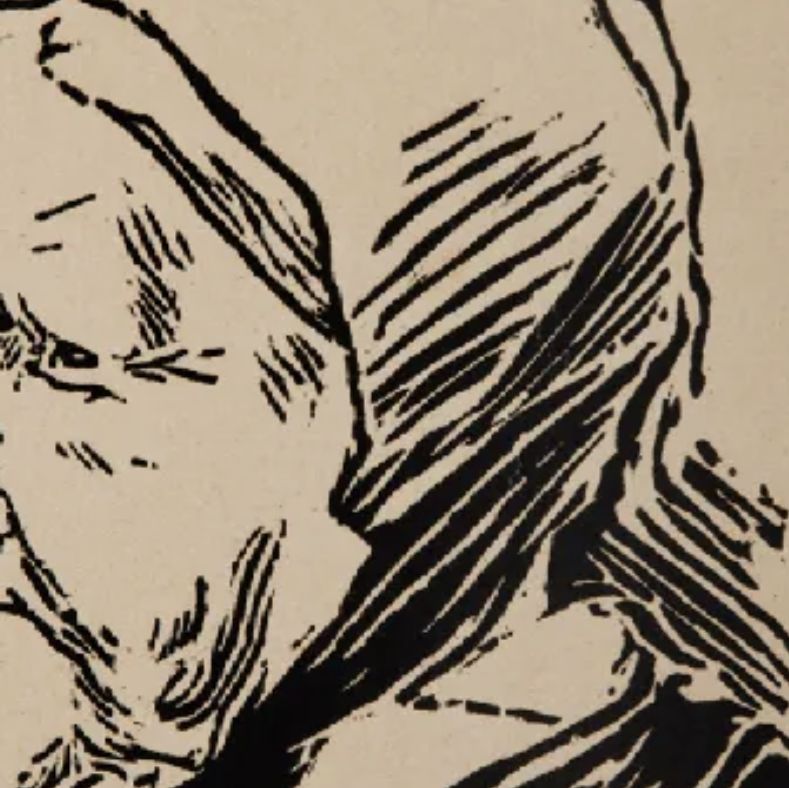
Focus on Le Ballon, Félix Vallotton, 1899
In 1899, Félix Vallotton created Le Ballon, an emblematic work that captures a scene of daily life with a remarkable economy of means and a keen sense of detail.
Known for his impact on the Nabi movement alongsideÉdouard Vuillard, Paul Sérusiuer and Maurice DenisVallotton's distinctive contribution to modern painting is characterized by an approach that combines compositional rigor and aesthetic sensitivity.
In this composition, Vallotton concentrates on the essential: the tension between the stillness of the figures and the liveliness of the ball.
Solid colors, mainly a serene blue for the sky and a bright red for the balloon, are juxtaposed with almost clinical precision.
The contrast between the bright color of the balloon and the duller palette of the characters creates a focusing effect and accentuates the feeling of isolation.
Every element of the canvas seems meticulously calculated, reflecting the artist's attention to detail and the structure of the scene.
The characters, static and stripped of all artifice, are depicted with a precision that borders on disquiet, while the balloon, bursting with color and lightness, introduces a note of visual anomaly.
Le Ballon also demonstrates Vallotton's ambition to renew his pictorial language, with a composition in which movement and immobility coexist paradoxically.
By eliminating superfluous elements, he favors a representation that plays on the juxtaposition of shapes and colors to question social dynamics.
The work is both simple and complex: simple in its depiction of a frozen moment, complex in the subtle interactions between the characters and the ball.
Vallotton thus creates a world where every detail, every contrast, contributes to a deeper reflection on the boredom and superficiality of bourgeois life.
With Le Ballon, Vallotton asserts his unique style, far removed from the conventions of realism, where composition and color become the main vectors of artistic expression. He thus offers a visual reflection on the society of his time, marking a significant step in his artistic evolution.
Understanding the work of Félix Vallotton
Félix Vallotton's imprint on his period
Félix Vallotton made a significant contribution to the development of modern art in France, and his work had a lasting influence on many artists of the time and beyond. His theories on aesthetics and colorimetry contributed to the history of twentieth-century art.
The flat tints of color, deployed with methodical precision, capture the essence of the scenes depicted.
The deep blue of the backgrounds and the vivid touches of red or yellow in the details create a visual dynamic that engages the viewer in deeper reflection.
Every element of the composition seems meticulously calculated, a reflection of Vallotton's rigorous approach to his work.
Vallotton's work also shows his ambition to renew pictorial language by setting aside traditional conventions.
Through his innovative use of color and contrast, he forges a distinctive style that moves away from realism to explore more symbolic and psychological dimensions.
Even today, his work continues to captivate enthusiasts and collectors, testifying to the lasting impact of his artistic approach.
Vallotton's importance in the history of modern art is confirmed by the enduring value of his works on the art market, underlining his lasting influence on artistic creation and his central role in the evolution of art in the 20th century.
He remains an artist prized at auction by enthusiasts and collectors of early twentieth-century works.
Recognizing the artist's signature
Not all works by Félix Vallotton are signed. They may be at the bottom of the painting, but if you think you own one, it's best to have it appraised to be sure of its originality.

Knowing the value of a work
If you happen to own a painting by or after Félix Vallotton, don't hesitate to ask for a free estimate using the form on our website.
A member of our team of experts and certified auctioneers will contact you promptly to provide you with an estimate of the market value of your work, as well as any relevant information about it.
If you wish to sell your work of art, our specialists will also be on hand to help you sell it at the best possible price, taking into account market trends.
Response in less than 24h
Related topics
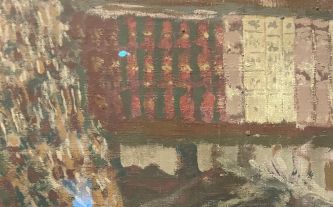
Rating and value of paintings and drawings by Édouard Vuillard
Édouard Vuillard is a 20th-century Nabi and Japonist painter. He produced many paintings with a high auction value.
Read more >
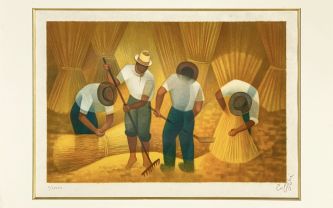
Rating and value of paintings, drawings, tapestries...
Louis Toffoli is a twentieth-century painter, draughtsman and printmaker, forgotten but sought-after on the auction market. His price is high and stable.
Read more >

Rating and value of paintings by César Dom...
César Domela is a neoplastic artist who has produced many works that are highly rated and valued at auction. 24h estimate.
Read more >
Secure site, anonymity preserved
State-approved auctioneer and expert
Free, certified estimates

